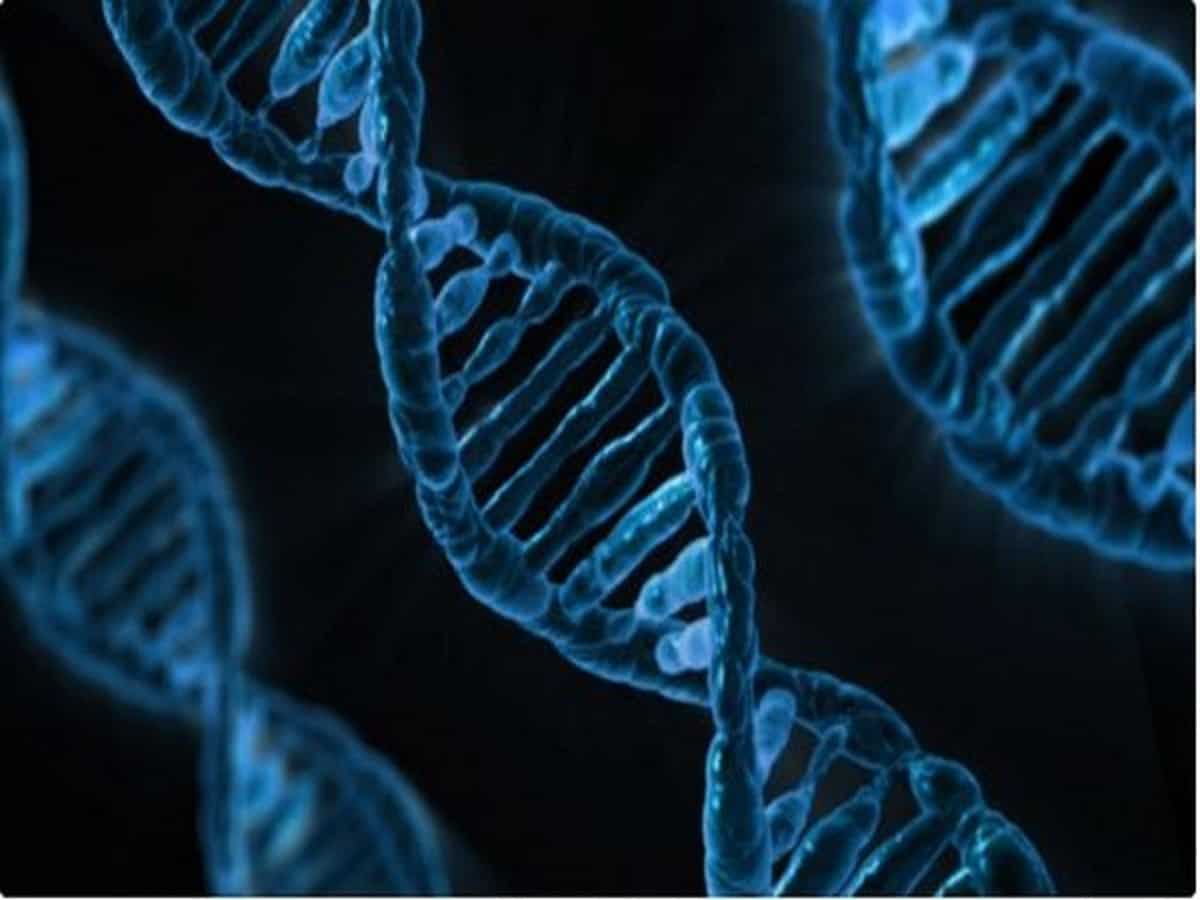Washington: A new research has identified that ‘jumping genes’ — bits of DNA that can move from one spot in the genome to another — play a major role in stabilising the 3D folding patterns of the DNA molecule inside the cell’s nucleus.
These genes which are also called transposable elements are well-known for increasing genetic diversity over the long course of evolution.
The research was conducted at Washington University School of Medicine in St. Louis and the study was published in the journal Genome Biology.
The DNA molecule which is inside the nucleus of any human cell is more than six feet long. In order to fit into such a small space, it must fold into precise loops that also govern how genes are turned on or off.
The fact that a new transposable element can insert itself and serve the same role as an existing anchor creates redundancy in the regulatory portions of the genome — regions of the DNA molecule that determine how and when genes are turned on or off.
The redundancy makes the genome more resilient. Such jumping genes may help the mammalian genome strike a vital balance — allowing animals the flexibility to adapt to a changing climate.
Researchers were careful in distinguishing portions of the genome that hold genes responsible for producing proteins and the rest of the genome. In genes that code for proteins, the genetic sequence and the structure are both conserved, and the study does not contradict that.
However, the new research suggests that jumping genes in the non-protein coding areas of the genome follow different rules of conservation when compared to the protein-coding genes.

